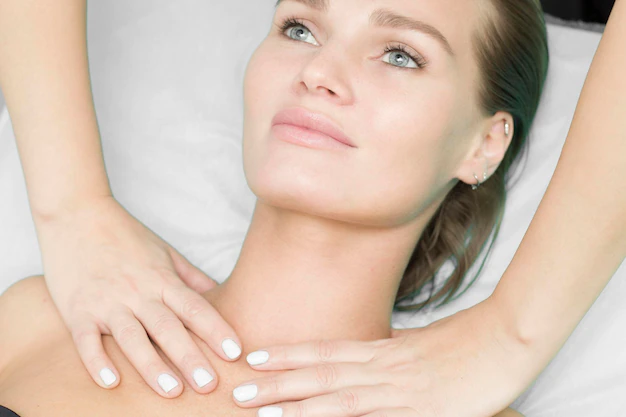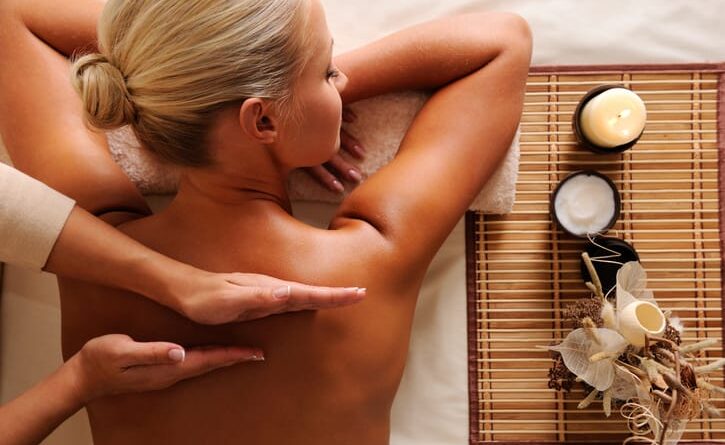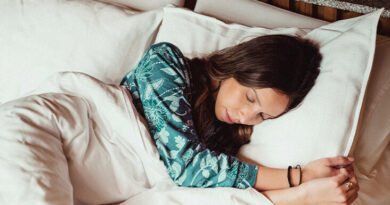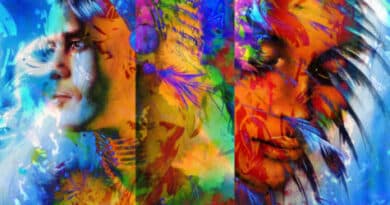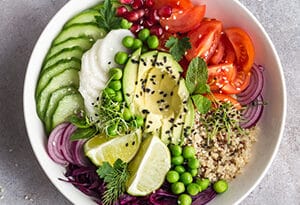Massage – Always a Good Idea
History of Massage
Massage is an excellent form of passive exercise. The word is derived from the greek word ‘massier’ which means to knead. It involves the scientific manipulation of the soft tissues of the body. If correctly done on a bare body, it can be highly stimulating and invigorating.
As far back as 400 B.C., the great Hippocrates, the father of medicine, employed massage and manipulation in healing his patients. Since then it has been used as a mode of treatment for many ailments and it has restored many a sufferer to health and vigour.
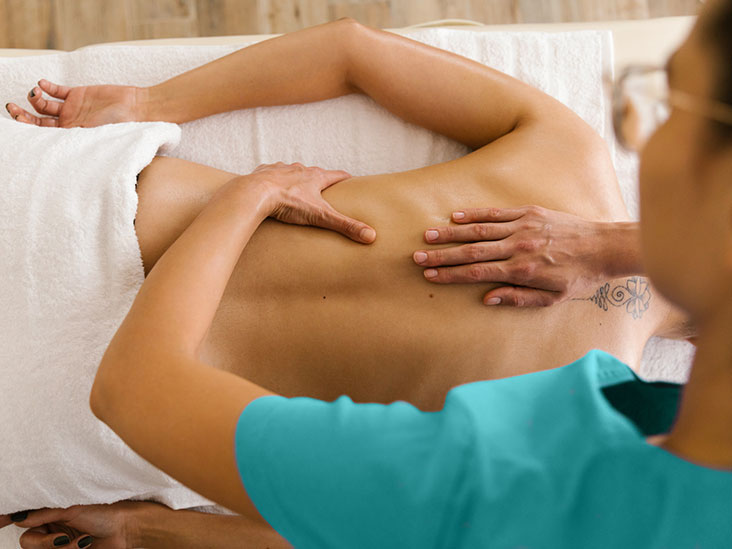
What are benefits of Massage ?
Massage tones up the nervous system, influences respiration and quickens the elimination of poisons and waste material from the body through the various eliminative organs such as the lungs, skin, kidneys and bowels. It also boosts circulation and metabolic processes. A massage removes facial wrinkles, helps to fill out hollow cheeks and neck and eases stiffness, sore muscles and numbness.
What are various movements in massage ?
There are five fundamental modes of manipulation in massage as explain below :-
Effleurage (Stroking)
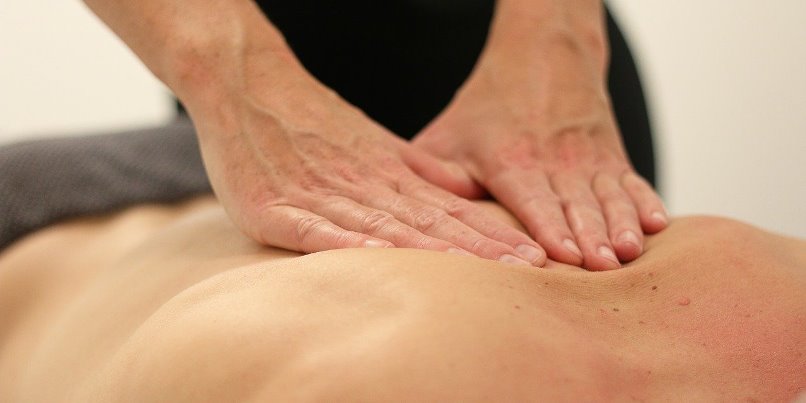
This involves sliding with the hands, using long even strokes over the surface of the body. It is performed in five ways, namely stroking with
- Palms of two hands
- The palm of one hand
- The knuckles
- The ball of the thumb
- The finger tips
Effleurage increases blood circulation and soothes the nervous system. It also warms and relaxes. It is very helpful in atrophied (wasted) condition of the skin.
Friction (Rubbing)
The movements, which are circular in nature are performed with the help of the thumb and tips of fingers or the palm of the hand towards the joints or around the joints. Friction limbers up joints, tendons, and muscles and facilitates the removal of deposits by breaking them. It also helps in reducing swelling after nerve inflammation.
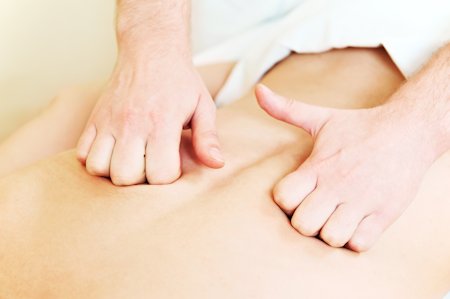
Petrissage (Kneading)
This is the process of kneading, pressing and rolling of the tissues and is performed with one or both hands, with two thumbs or with thumbs and fingers. One should apply heavy pressure for deep kneading and light pressure for superficial kneading. Petrissage is a treatment of the muscles. It increases nutrition, strengthen muscles, relieves intestinal congestion and helps elimination of poisons. It boosts lung activity and cellular respiration, eliminates fatigue poisons and tones up nerve endings.
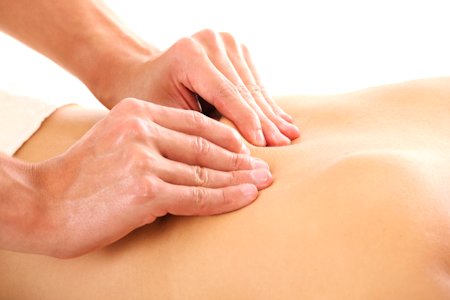
Tapotement (Percussion)
This involves hacking, tapping, clapping and beating and is achieved by striking the body rapidly. Short and quick blows are generally given from the wrist. Tapotement helps in atrophied (wasted) condition of the muscles. It increases the blood supply, soothes nerves and strengthens muscles.
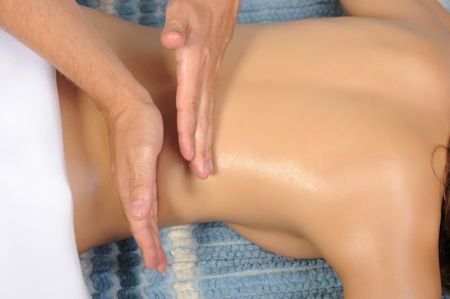
Vibrations (shaking and trembling)
This is achieved by rapidly shaking the pressing movements by use of the hand or fingers on the body. Vibrating hand should move constantly. This is beneficial in neuritis and neuralgia after the inflammatory stage is over. It stimulates circulation, glandular activity and nervous plexuses. It also helps in bowel movement.
Which all material are suitable for Massage ?
Cotton seed oil is most commonly used for massaging, but butter is used for filling out cheeks and neck and also for breast enlargement. If the patient is averse to oil, talcum powder may be used. Oil should not be used by persons with excessive body hair. General body massage may be done for 40-45 minutes and loval body massage for 10 to 15 minutes. The oil should be washed off completely after massage.
How Massage helps in ailment of Diseases ?
Massage can be used with advantage as a method of treatment for many common ailments. The various form of massage and their usefulness in various diseases are described below :-
Massage of the joints

Stiff and swollen joints can be cured by massage combined with mechanical movements. However, massage is not recommended in serious inflammatory cases of the joints and in tuberculer joints. It should also be avoided in infectious diseases like diphtheria and gonorrhoea which cause formation of pus as massage may spread the pus to the entire system.
Sprains and bruises can be cured by massage. In these cases, affected part should first be bathed with hot water for 15 to 30 minutes. Next the massage should be done for a few minutes. Gentle stroking and kneading is recommended on and around the injured tissues. Fractures can also be treated through massage.
A human body carries one-half of the weight in the form of muscular tissues. one-fourth of the blood supply circulates in the muscles. When one gets a good massage treatment, the muscles get regenerated and are then capable of holding half of the blood supply. Massage thus provides additional nourishment to feed the muscular tissues, helping them to grow strong. Tapping, striking and vibrating help the muscle to develop its contractile power. Muscle massage is brought by first effleurage, kneading, followed by tapotement. Later, active and passive movements are given.
Massaging the Nerves
Massage benefits many nerve problems. In case of acute inflammation of the nerves, massage should be done carefully. Light and gentle stroking are recommended. Deep pressure should not be used on swollen nerves for it will increase the inflammation. All that is needed is just a gentle tapotement or beating of the nerve.
Nerve compression is recommended for soothing nerves. Grasp the limb with both hands, and create firm pressure around and down the arm. Start with shoulder and proceed down to the wrist. As you leave the grip, bring the hands down a little and make another pressure. As a result, blood circulation will increase.

Spinal nerve compression is extremely beneficial. It is done by the palm of the hand. Vibration of the fingers stimulate it. Sleeplessness can be cured by long slow and gentle stroking down the spine and entire back.
Abdominal Massage
This form of massage is beneficial in constipation. It stimulates the peristalsis of the small intestines, tones up the muscles of the abdomen walls and mechanically eliminates the contents of both large and small intestines.
It should not be done after a heavy meal, if suffering from hernia, inflammation in uterus, bladder, ovaries and fallopian tubes, kidney stones, ulcers of the stomach and intestines and pregnancy.
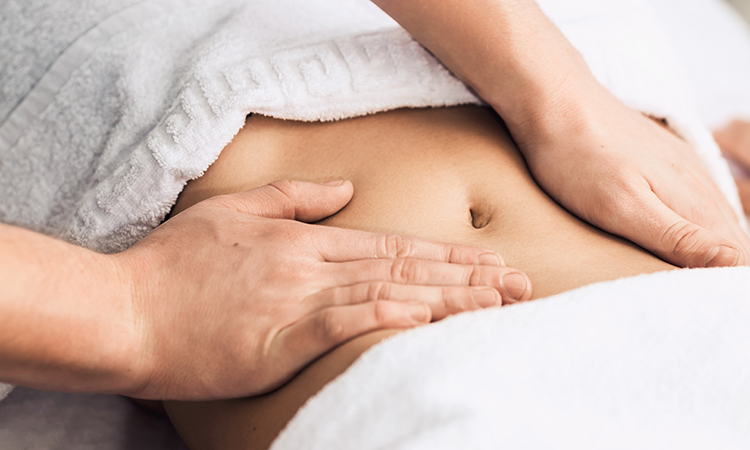
The bladder should be should be emptied before the massage. The patient is made to lie on his back with his knees drawn up. This enables the abdomen wall to relax. The masseur should stand at the right side of the patient and use his finger tips for friction round the umbilical region from right to left. He should likewise alternatively knead the walls and roll with both hands, making deep and firm pressure.
Once the kneading of the abdomen is over, follow up by tapotement with both hands cupped or use the knuckles of the hand. Vibration may also be employed.
Chest Massage
Chest massage strengthens the chest muscles, increases circulation and tones up the nervous system of the chest, heart and lungs. It is especially recommended in weakness of the lungs, palpitation and organic heart disorders. Bust and mammary glands can be developed by proper massage.
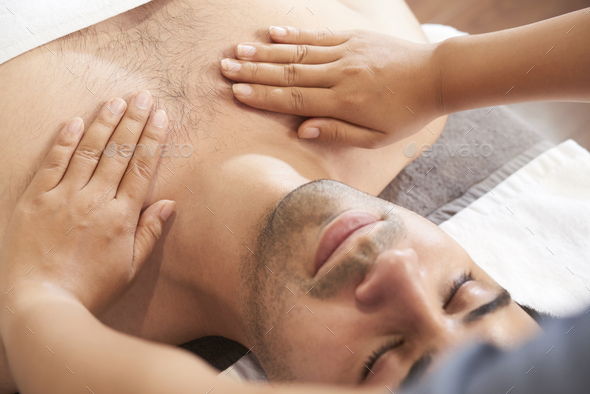
The patient is made to lie on the back with the arms at the sides. The masseur starts manipulating the chest by means of strokes with both hands on each side of the breast bone. A circular motion is formed by the movement made up and down, moving down the chest. Next the muscle kneading is done by picking up the skin and muscles with both hands. Treatment is given to both sides of the chest likewise. Circular kneading is next done by placing one hand on each side of the breast bone and making the circular motions outward towards the sides. Tapotement follows by hacking and slapping.
Massage of back
The purpose of the massage of the back is to stimulate the nerves and circulation for treating backache, rheumatic afflictions of the back muscles, and for soothing the nervous system.
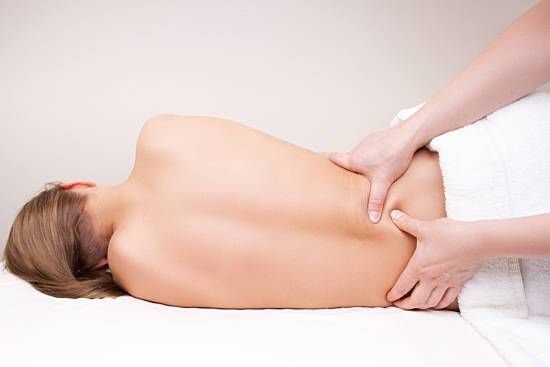
The patient is made to lie down with the arms at the sides. The masseur effleurages the back from the shoulders downwards using both hands on each side of the spine. Stroking is done from the sacrum upward. Friction follows with each hand at the sides of the spine going down slowly. Next, kneading by muscle picking is done with squeezing. Alternate rapid pushing and pulling movement of the hands sliding down the spine. Circular kneading should also be done. The treatment should end by slapping, hacking and cupping on each side of the spine. Gentle stroking and light kneading of the back is relieving and soothing. Percussion and vibration result into stimulating experience.
Vibration of the end of spine benefits the sacral nerves and pelvic organs. It is recommended in constipation, hemorrhoids, weakness and congestion of the bladder and sexual organs.
Massage of the Throat
This helps to overcome headache, sore throat and catarrh of the throat. The patient is made to throw his head back. The masseur places palm of both hands on sides of neck with thumbs under the chin, and fingers under the ears. A downward stroke is next made towards the chest over the jugular veins. Do not exert heavily on the jugular veins. Repeat several times.
